Submarine cables, also known as undersea cables, are laid on the ocean floor to facilitate communication and data transmission between continents and countries. The process of laying submarine cables involves several key steps:
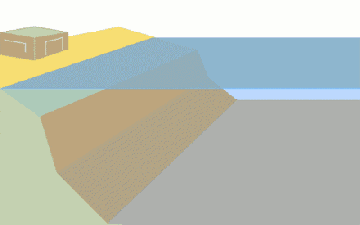
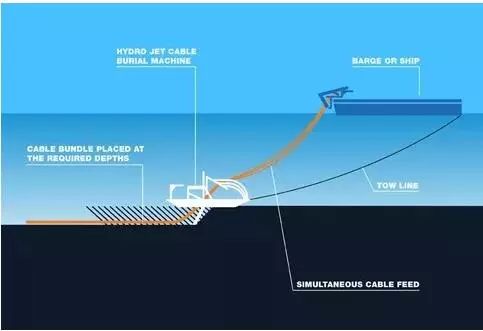
Route Survey: Before laying the cable, an extensive survey of the ocean floor is conducted to determine the optimal route for the cable. This survey involves using specialized equipment such as sonar, bathymetric mapping, and remotely operated vehicles (ROVs) to assess the seabed conditions, underwater terrain, and potential obstacles or hazards.
Cable Manufacture: Once the route is determined, the submarine cable is manufactured to the required specifications. This involves assembling the optical fibers, protective layers, armor, and insulation materials into a single, continuous cable of the desired length.
Cable Loading: The manufactured submarine cable is loaded onto cable-laying ships or vessels equipped with cable-laying machinery and storage tanks. The cable is carefully spooled onto the vessel in preparation for deployment.
Deployment Preparation: Before deployment, the cable-laying vessel conducts final preparations, including calibrating the laying equipment, securing necessary permits and approvals, and coordinating with relevant authorities and stakeholders.
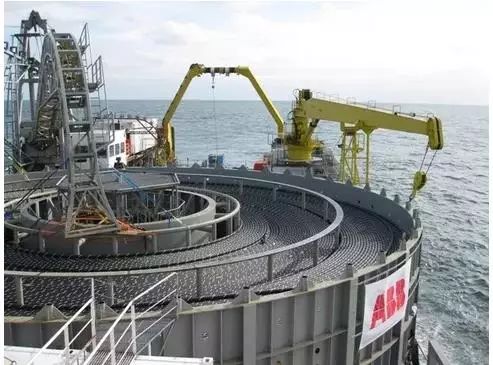
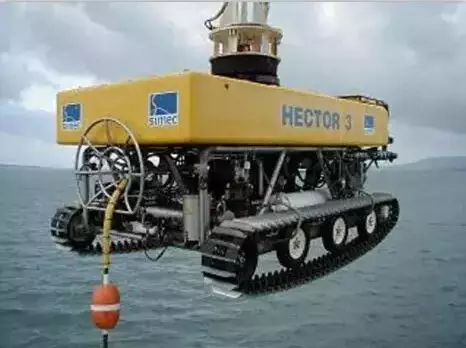
Cable Laying: The vessel transports the loaded cable to the designated starting point of the route. The cable-laying process begins by slowly paying out the cable from the vessel as it moves along the predetermined route. Tensioners and other equipment onboard the vessel help control the speed and tension of the cable as it descends to the ocean floor.
Ploughing or Burial: In some cases, especially in shallow waters or areas with high fishing activity, the submarine cable may be buried or plowed into the seabed to protect it from damage and disturbance. Specialized plowing equipment or remotely operated vehicles (ROVs) may be used for this purpose.
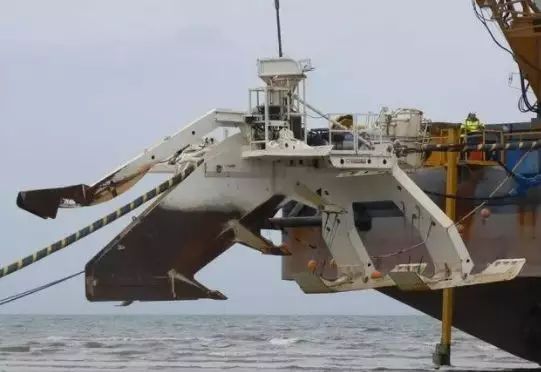
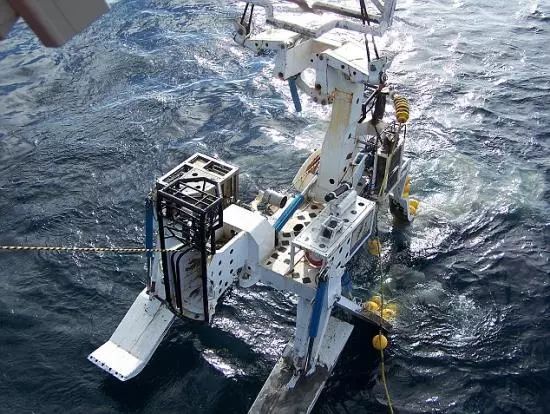
Connection and Testing: Once the cable is laid, it is connected to onshore or offshore terminal stations using specialized cable termination equipment. After the connections are made, comprehensive testing and commissioning procedures are performed to ensure the cable's integrity and functionality.
Maintenance and Monitoring: Submarine cables require regular maintenance and monitoring to ensure reliable operation. This includes periodic inspections, repairs, and surveillance of cable conditions using specialized vessels, ROVs, and monitoring systems.
Overall, laying submarine cables is a complex and meticulously planned process that requires coordination among multiple stakeholders, adherence to international regulations and standards, and careful consideration of environmental and logistical factors.
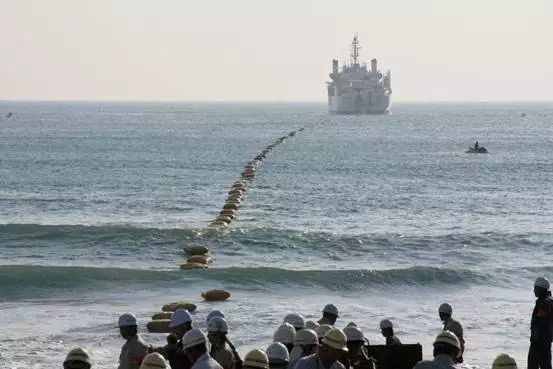
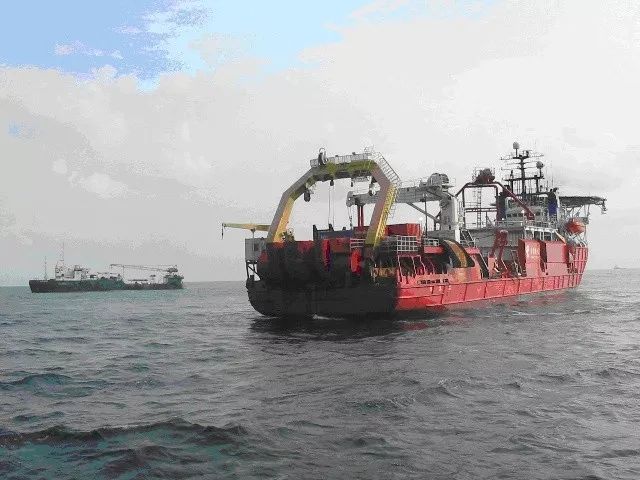
03-21
202502-12
202509-12
202409-05
202408-16
202408-07
202408-06
202408-02
202407-30
202407-29
2024
